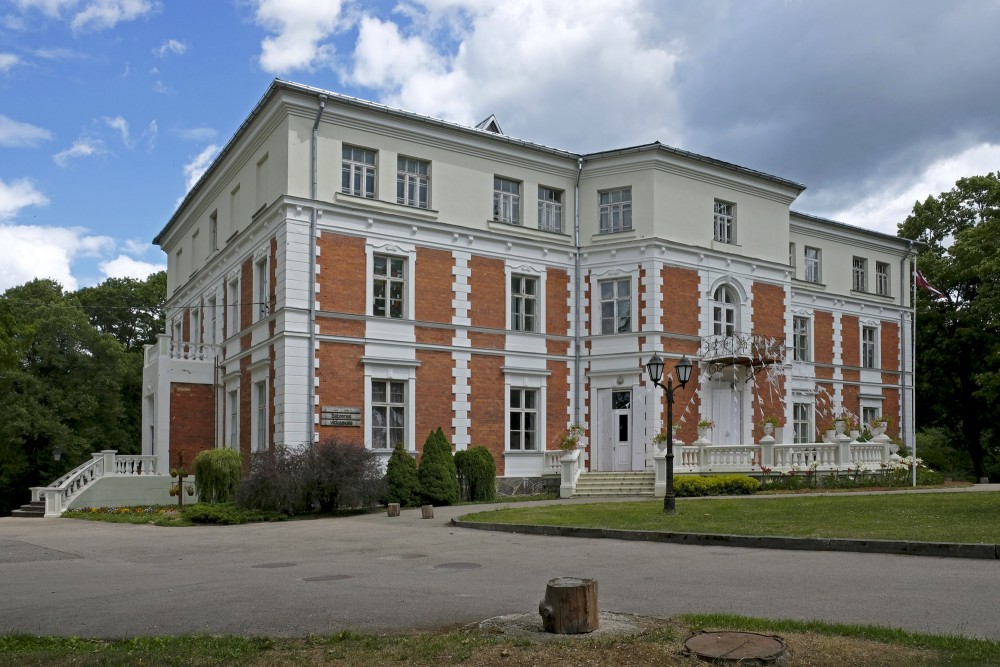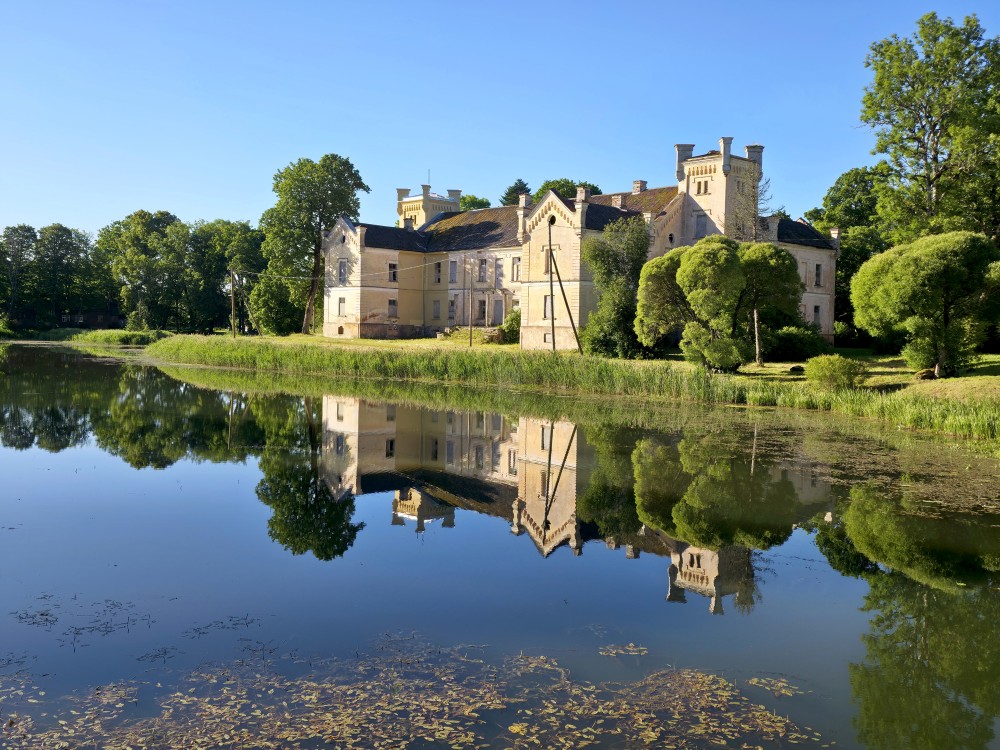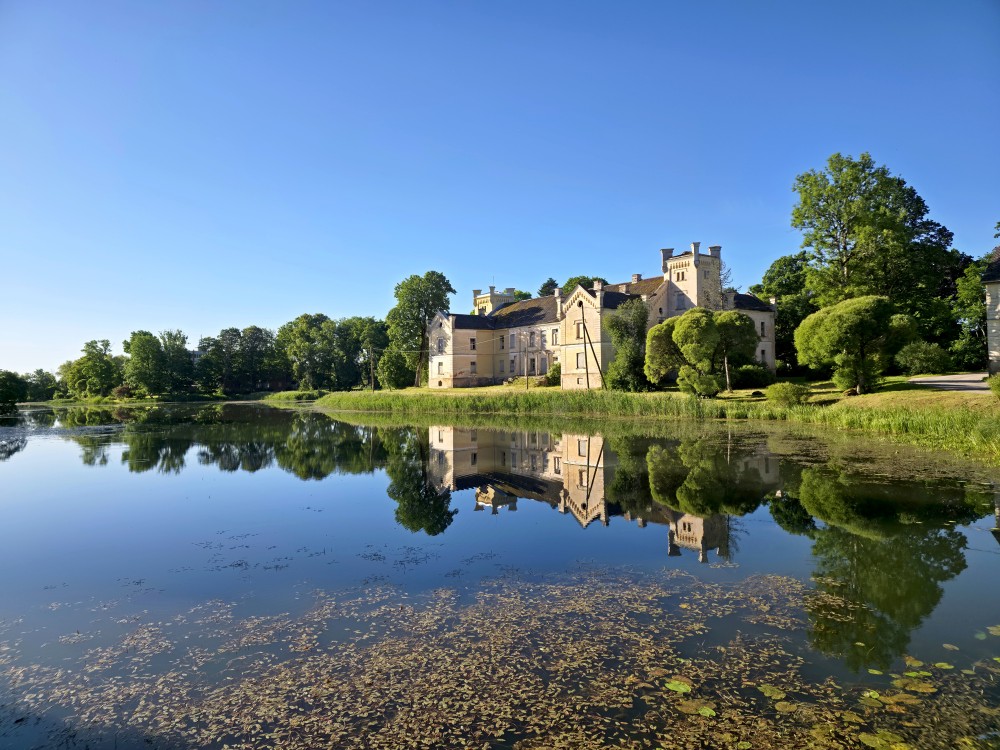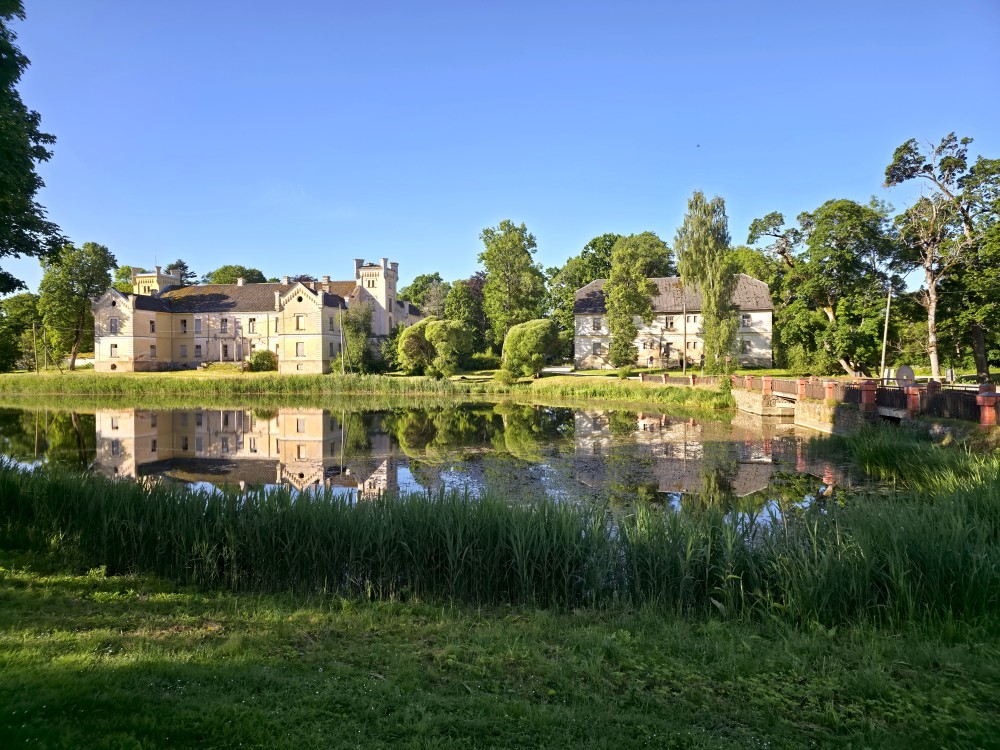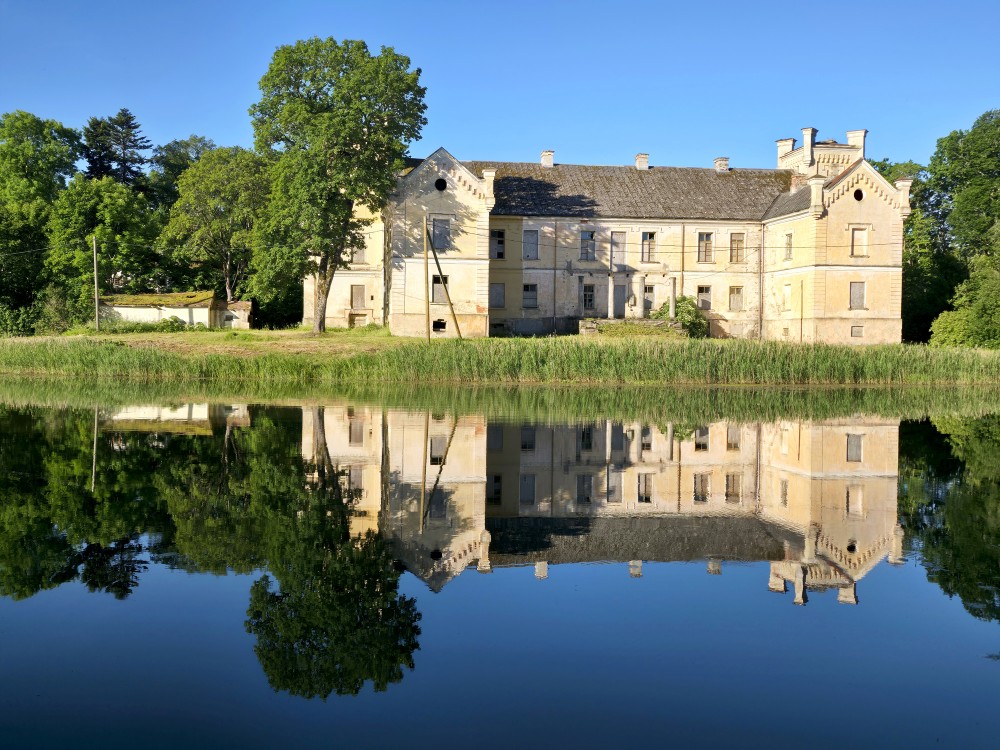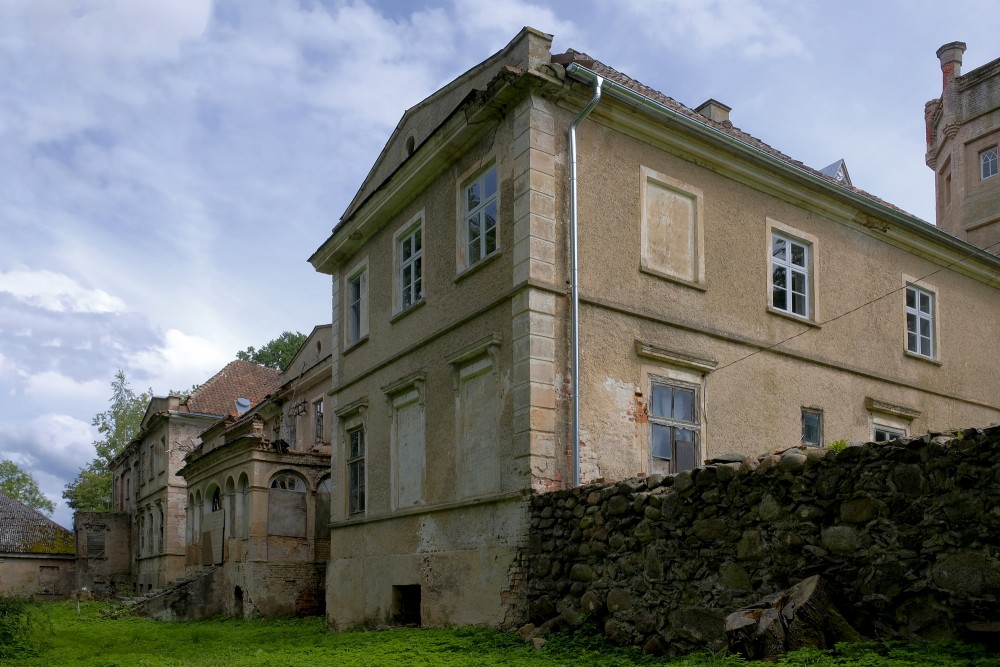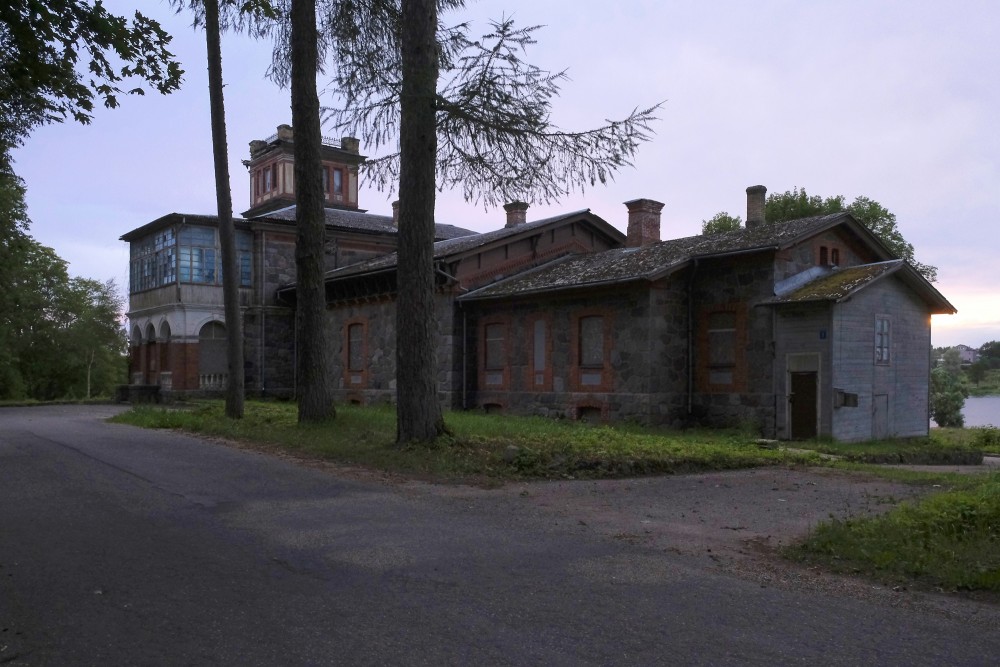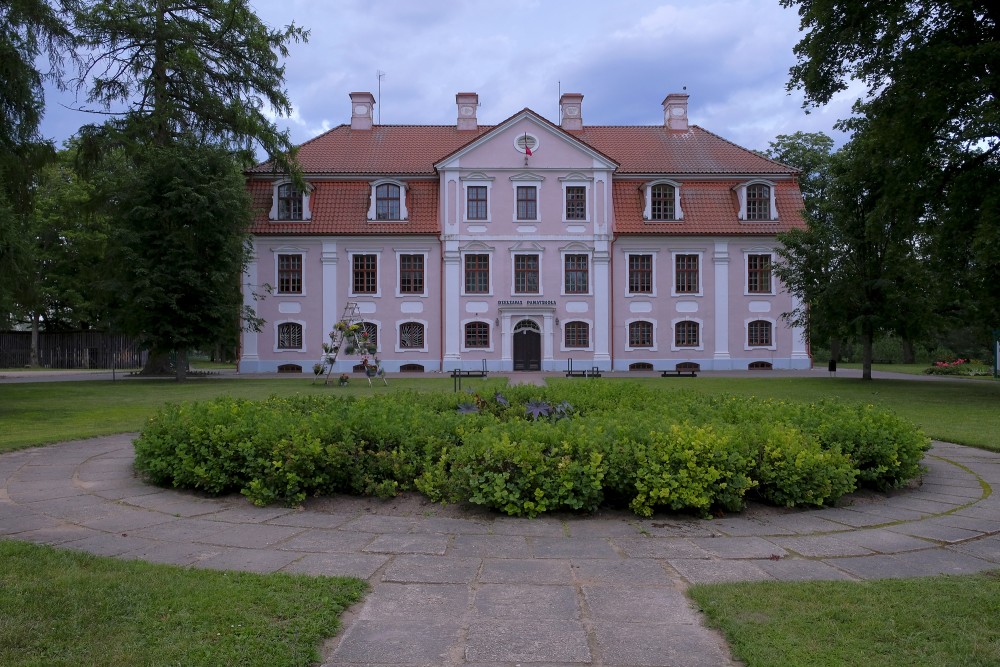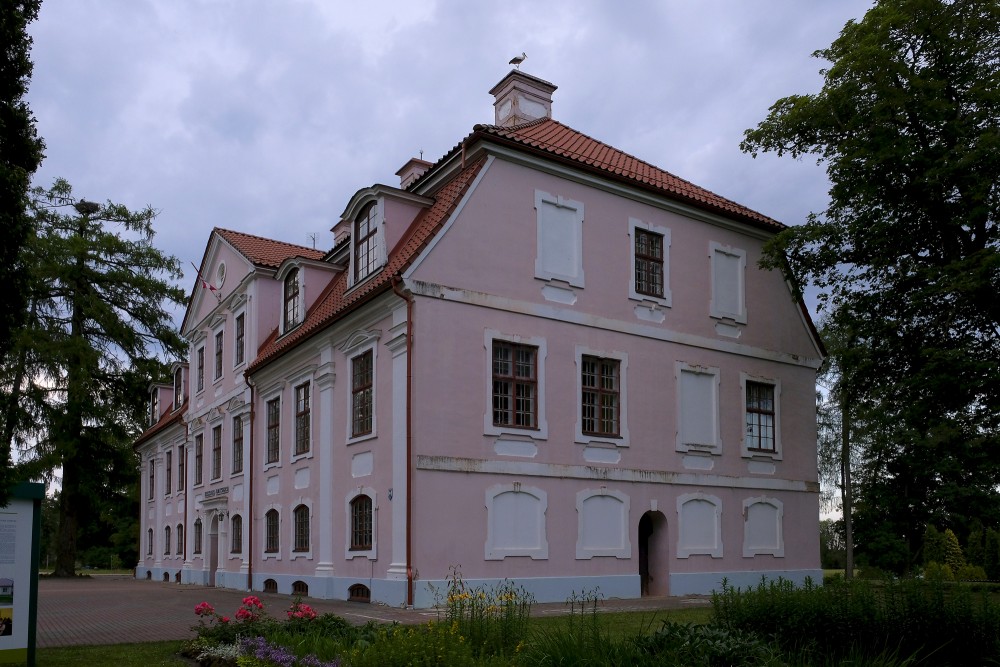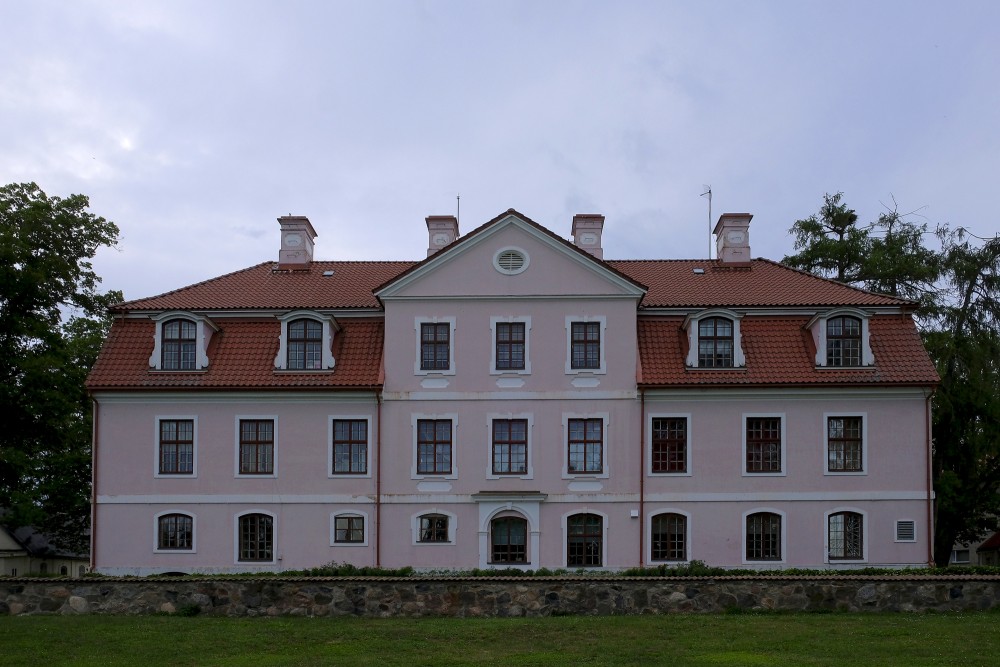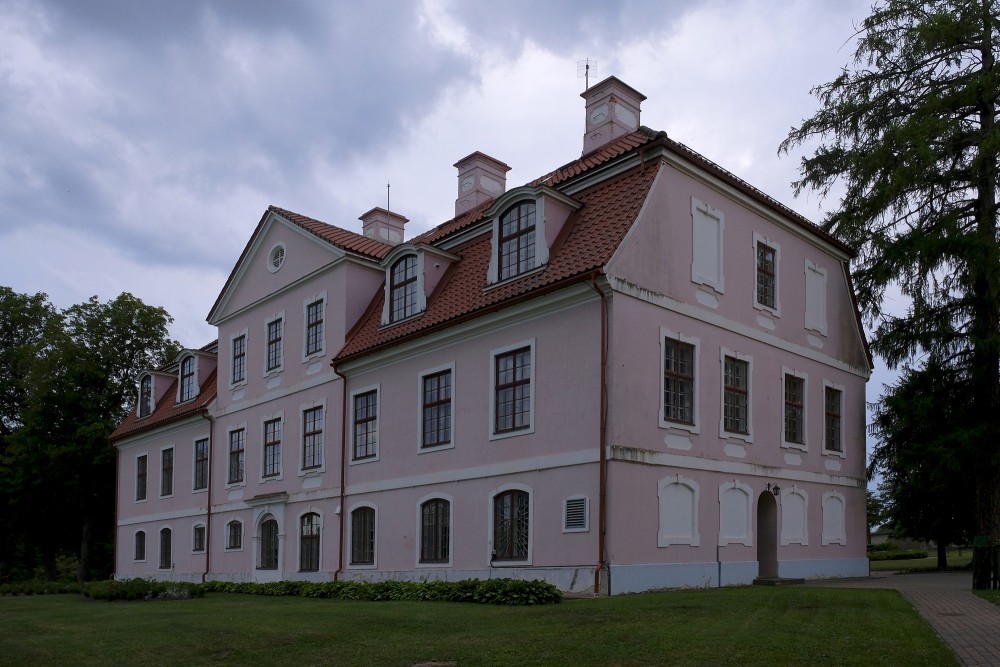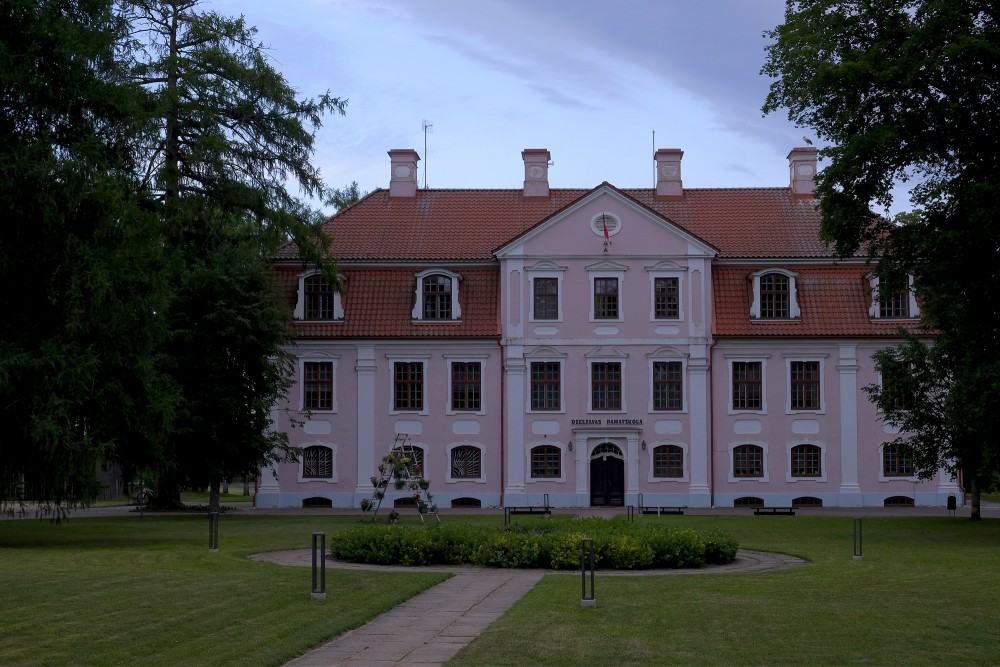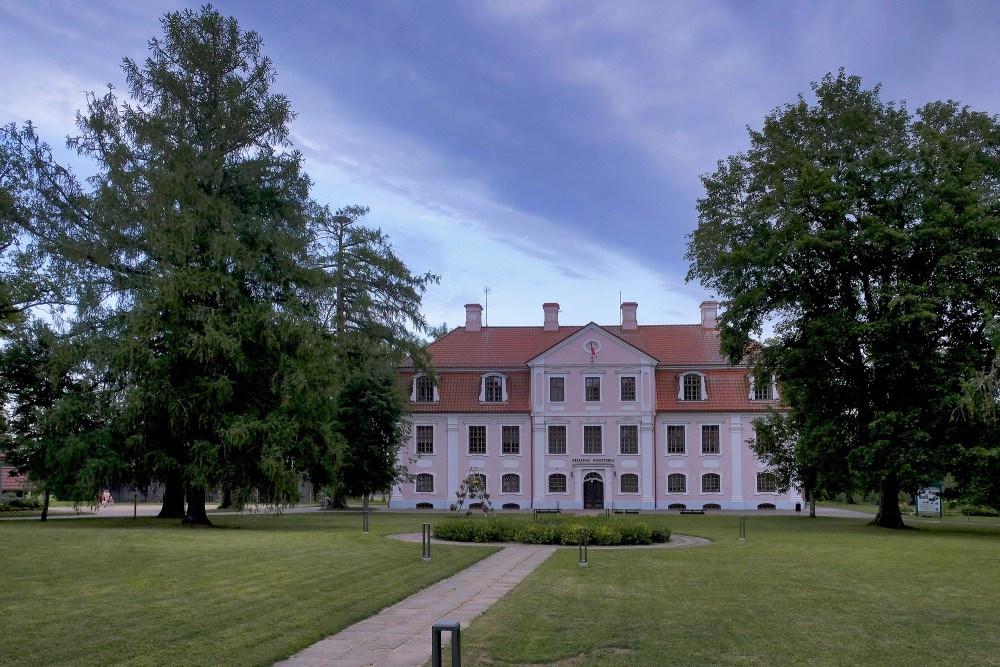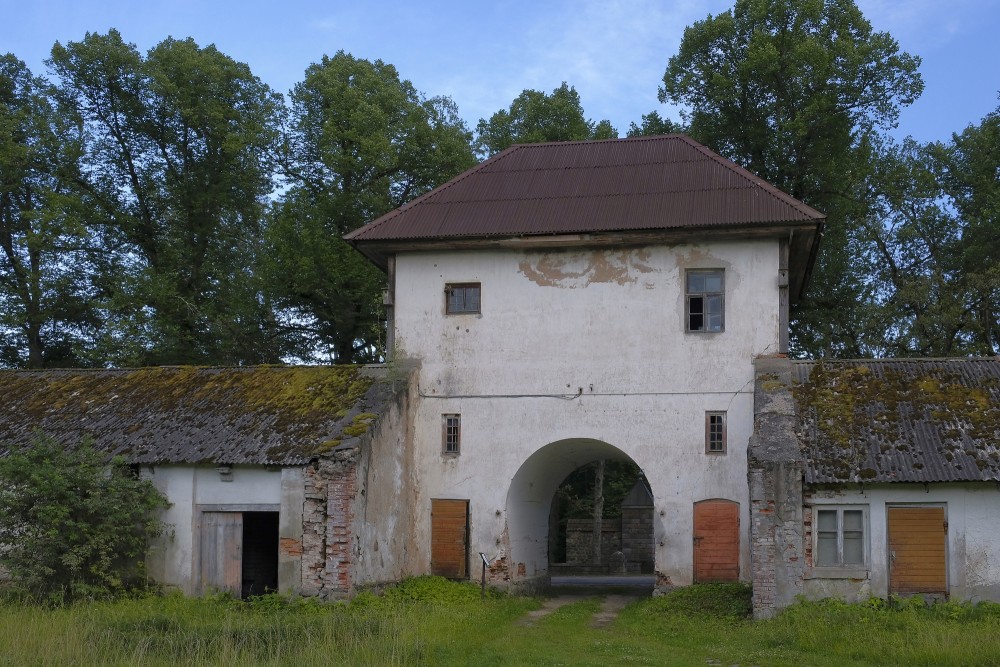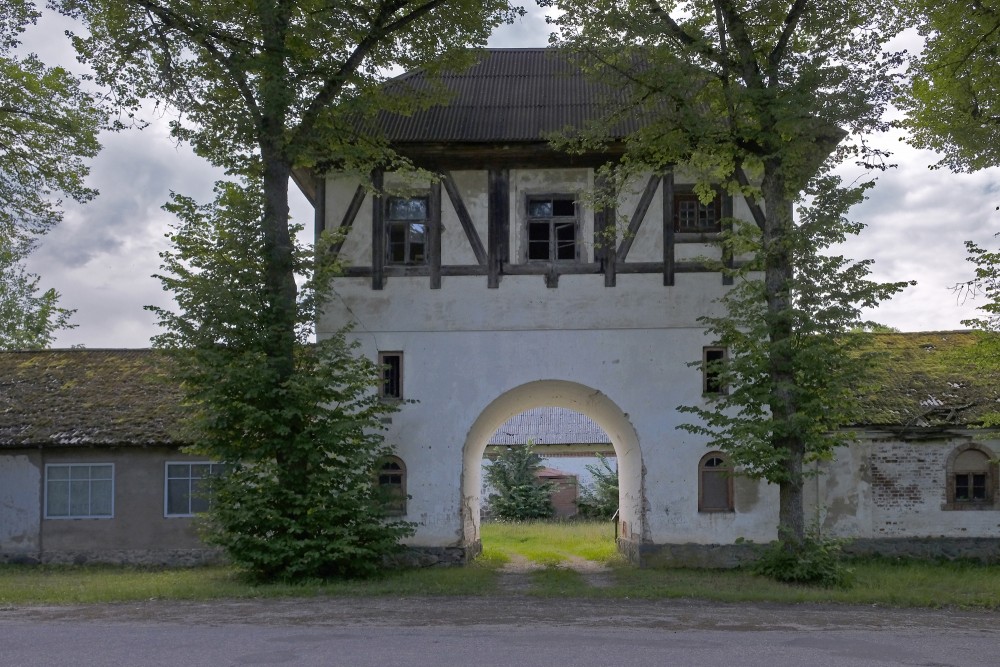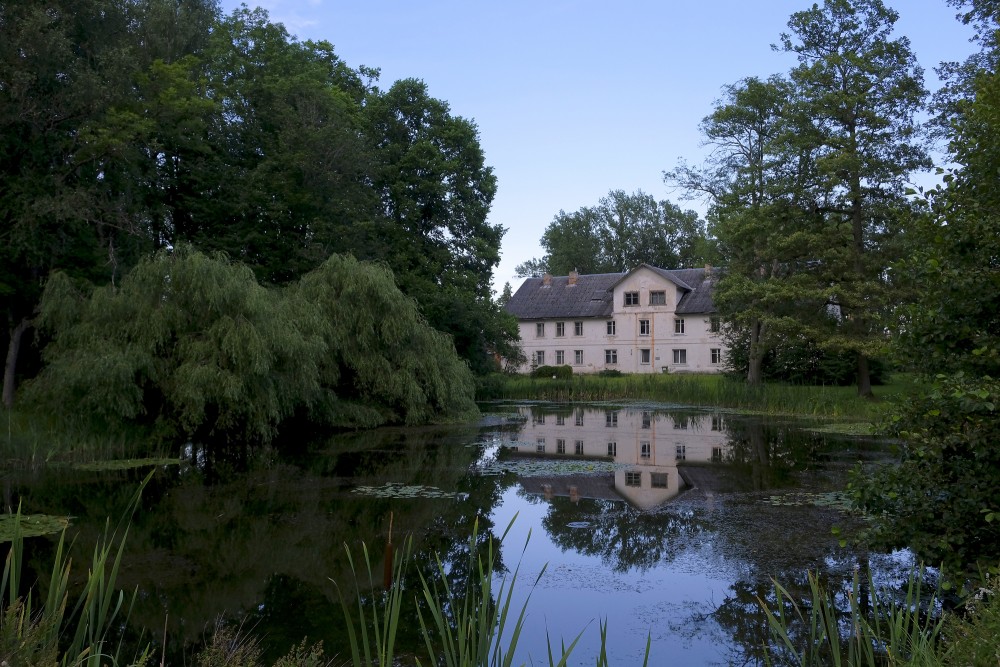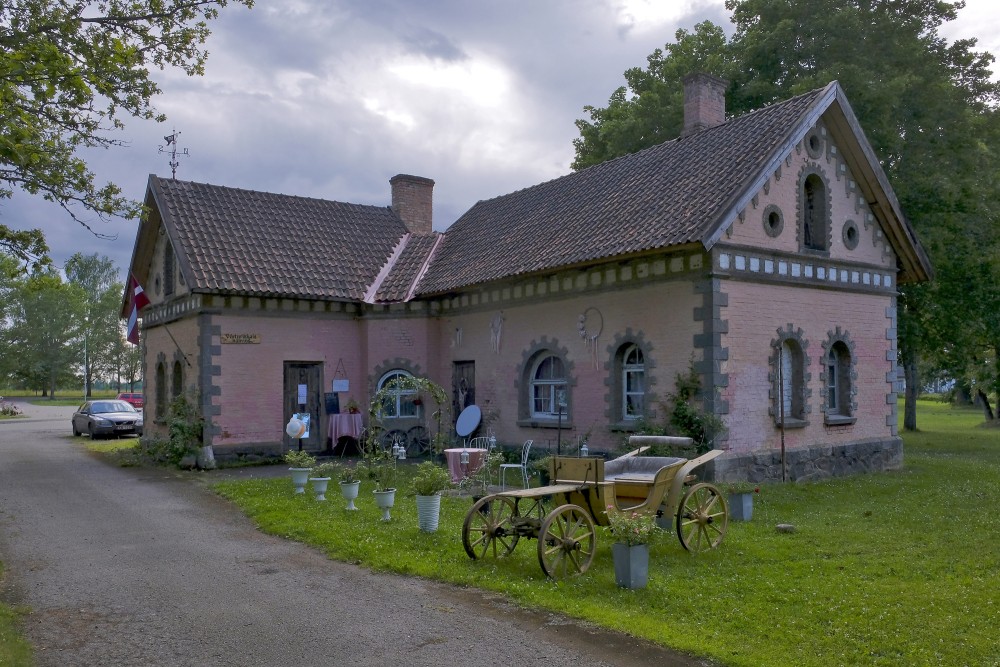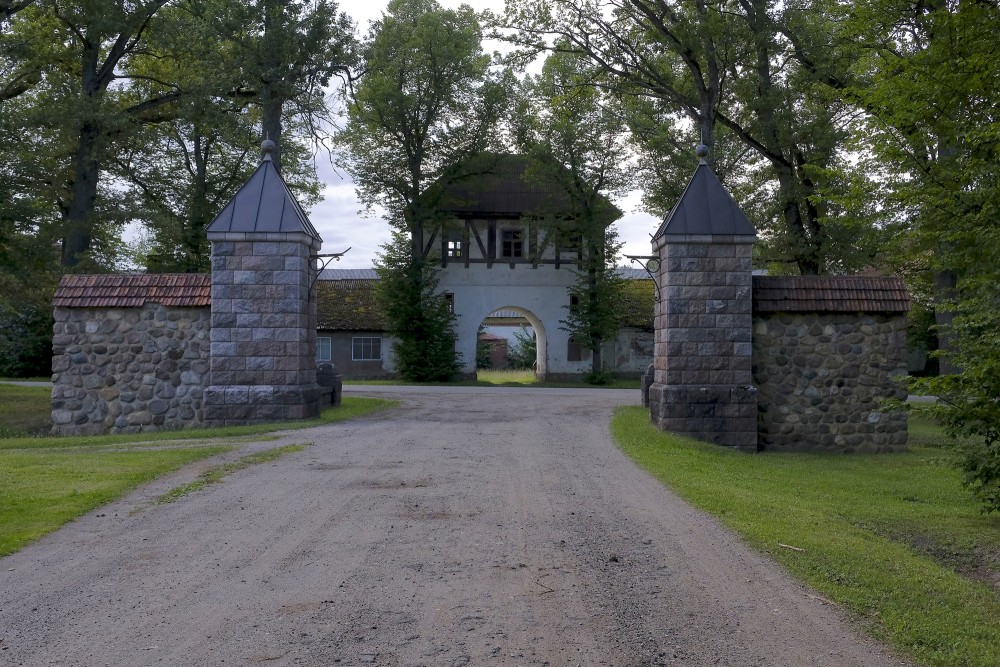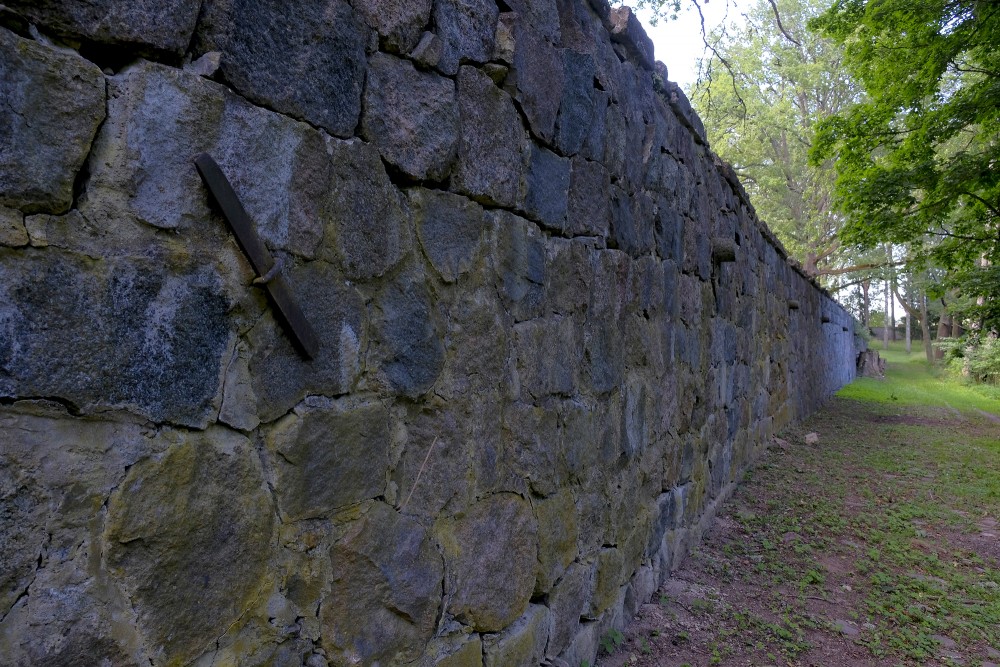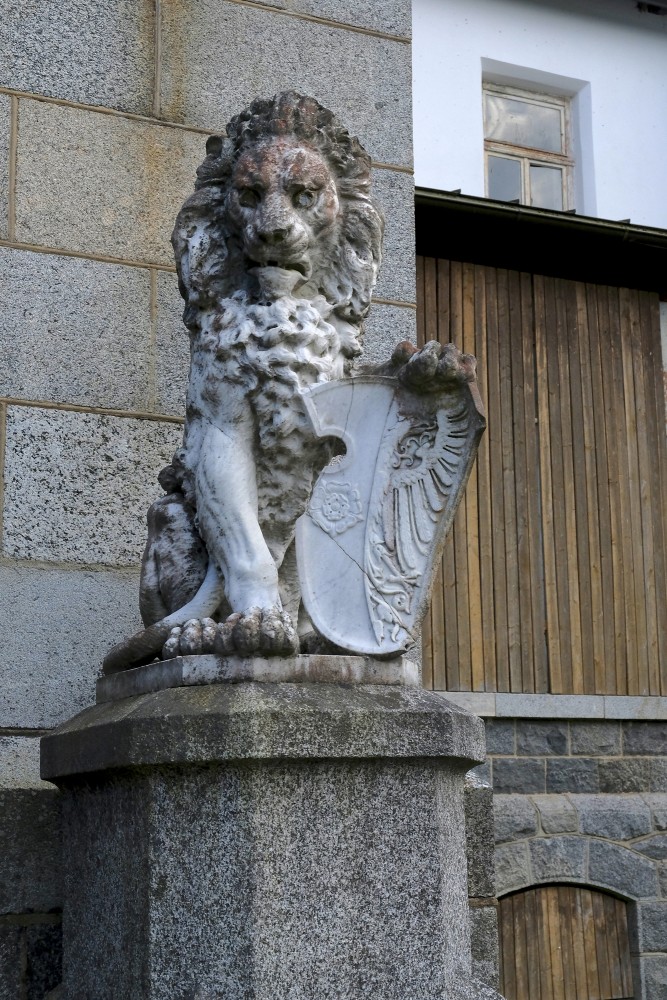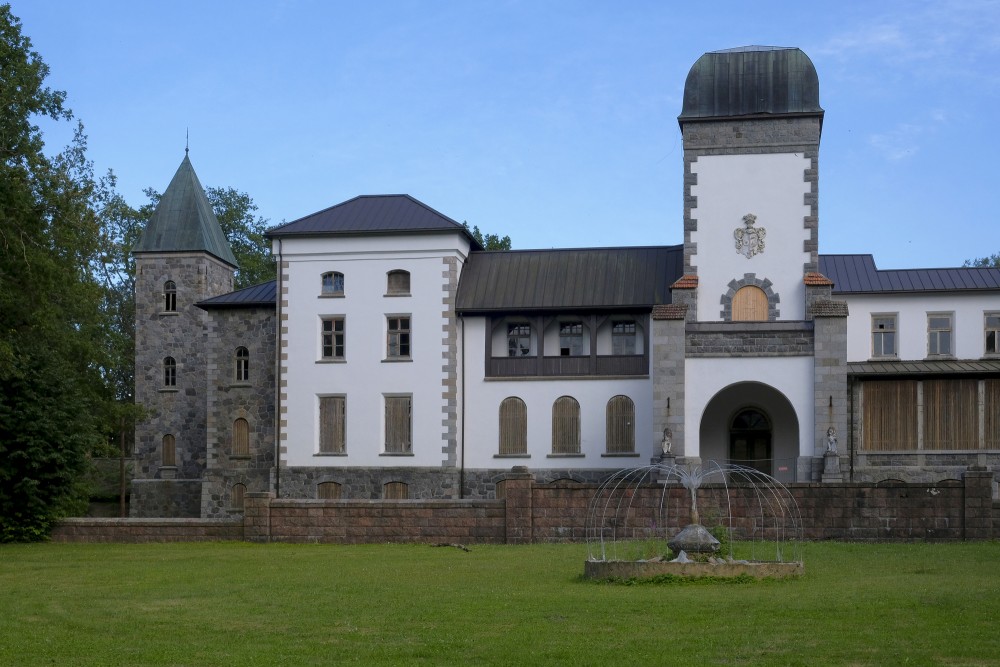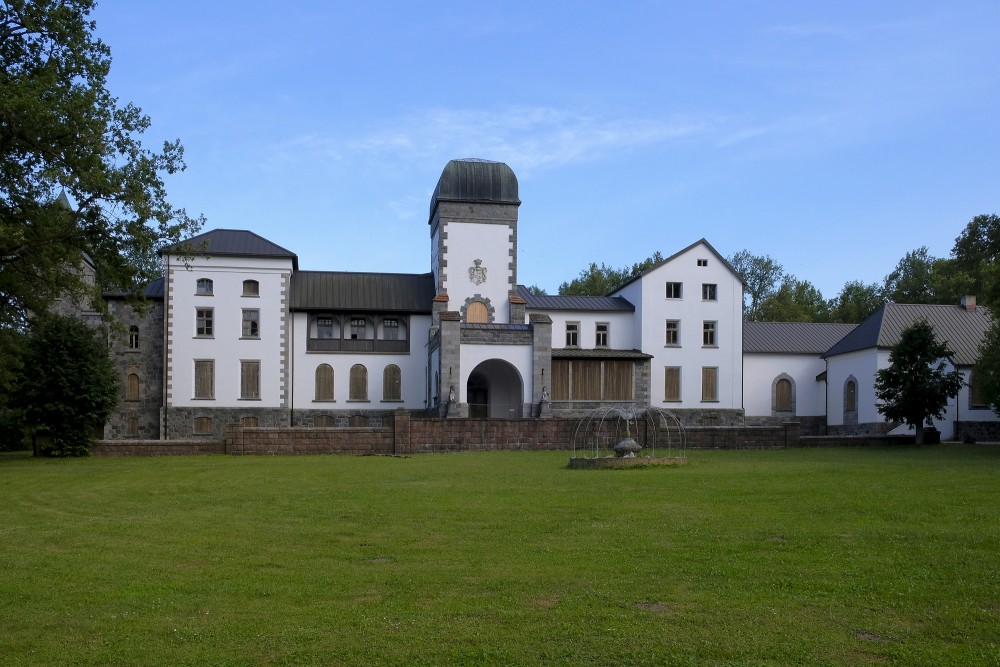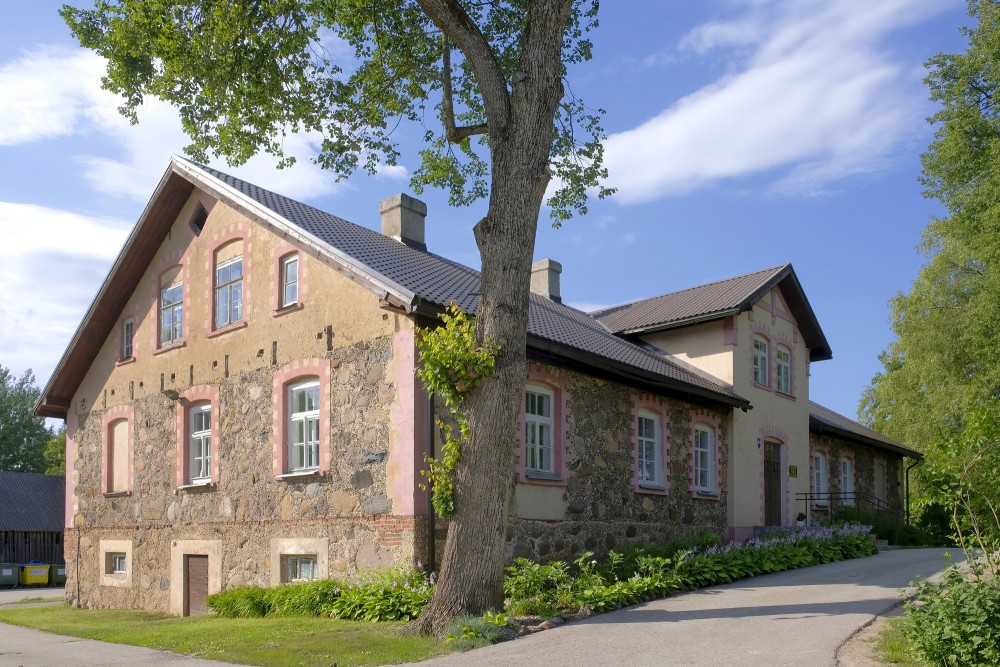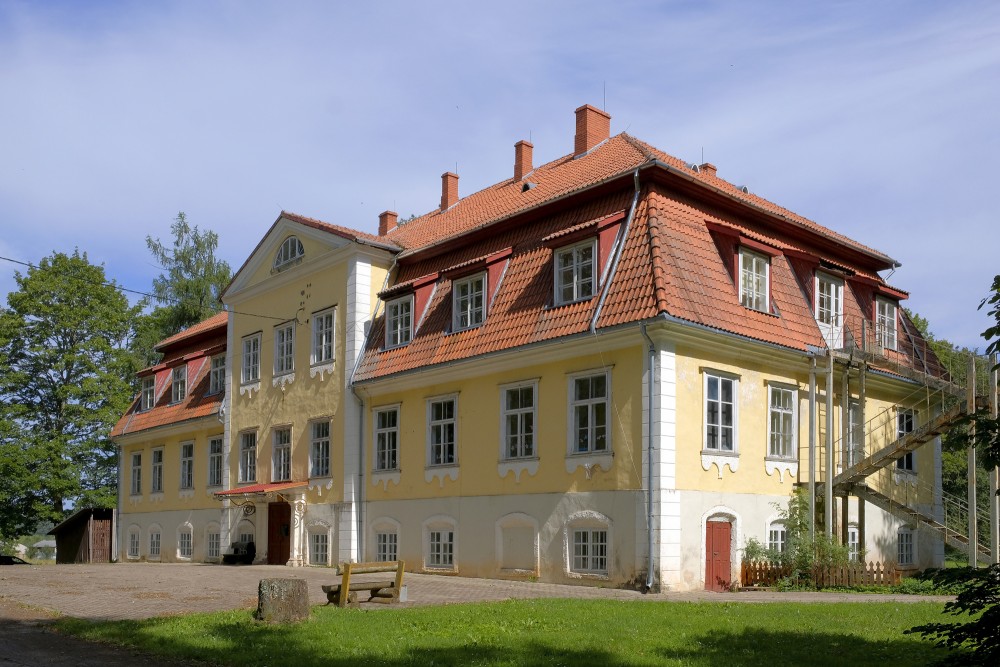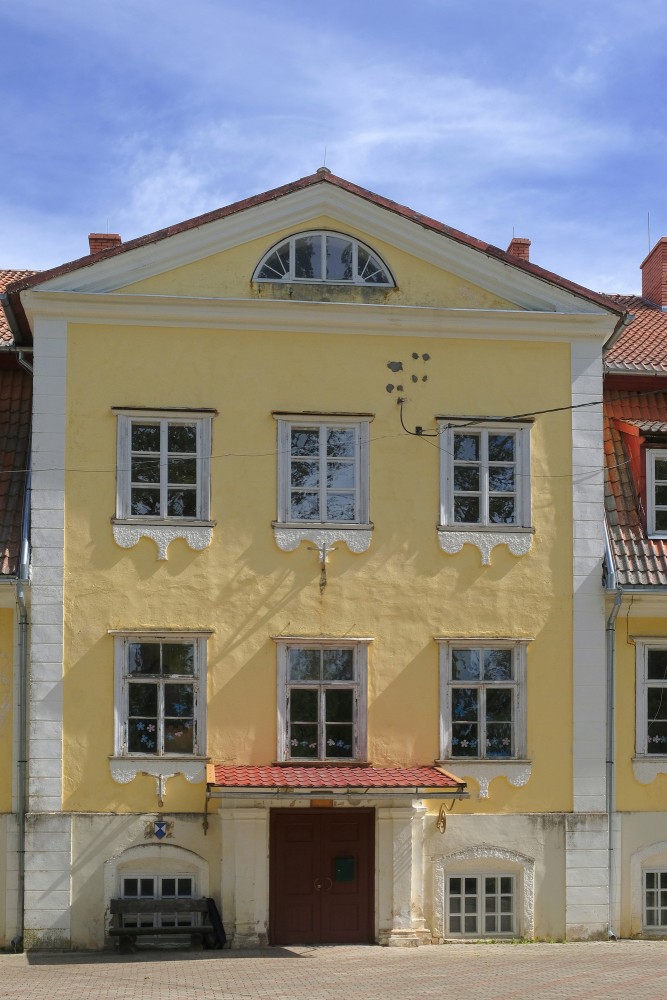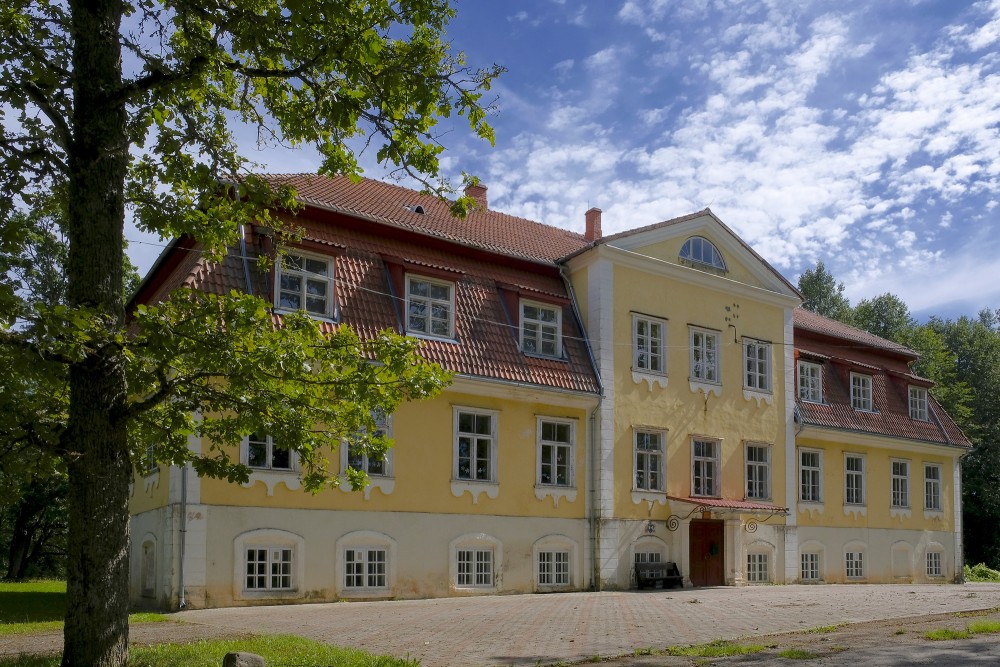Manor
A manor in English law is an estate in land to which is incident the right to hold a court termed court baron, that is to say a manorial court. The proper unit of tenure under the feudal system is the fee (or fief), on which the manor became established through the process of time, akin to the modern establishment of a "business" upon a freehold site. The manor is nevertheless often described as the basic feudal unit of tenure and is historically connected with the territorial divisions of the march, county, hundred, parish and township.
en.wikipedia.org
A manor house was historically the main residence of the lord of the manor. The house formed the administrative centre of a manor in the European feudal system; within its great hall were held the lord's manorial courts, communal meals with manorial tenants and great banquets. The term is today loosely applied to various country houses, frequently dating from the late medieval era, which formerly housed the gentry.
They were sometimes fortified, but this was frequently intended more for show than for defence. Manor houses existed in most European countries where feudalism existed, where they were sometimes known as castles, palaces, and so on. Many buildings, such as schools, are named Manor; the reason behind this is because the building was or is close to a manor house.
Function
The lord of the manor may have held several properties within a county or, for example in the case of a feudal baron, spread across a kingdom, which he occupied only on occasional visits. Even so, the business of the manor required to be directed and controlled by regular manorial courts, which appointed manorial officials such as the bailiff, granted copyhold leases to tenants, resolved disputes between manorial tenants and administered justice in general. A large and suitable building was required within the manor for such purpose, generally in the form of a great hall, and a solar might be attached to form accommodation for the lord. Furthermore, the produce of a small manor might be insufficient to feed a lord and his large family for a full year, and thus he would spend only a few months at each manor and move on to another where stores had been laid up. This also gave the opportunity for the vacated manor house to be cleaned, especially important in the days of the cess-pit, and repaired. Thus such non-resident lords needed to appoint a steward or seneschal to act as their deputy in such matters and to preside at the manorial courts of his different manorial properties. The day-to-day administration was carried out by a resident official in authority at each manor, who in England was called a bailiff, or reeve.
Architecture
Although not typically built with strong fortifications as were castles, many manor-houses were fortified, which required a royal licence to crenellate. They were often enclosed within walls or ditches which often also included agricultural buildings. Arranged for defence against roaming bands of robbers and thieves, in days long before police, they were often surrounded by a moat with a drawbridge, and were equipped with gatehouses and watchtowers, but not, as for castles, with a keep, large towers or lofty curtain walls designed to withstand a siege. The primary feature of the manor house was its great hall, to which subsidiary apartments were added as the lessening of feudal warfare permitted more peaceful domestic life.
By the beginning of the 16th century, manor houses as well as small castles began to acquire the character and amenities of the residences of country gentlemen, and many defensive elements were dispensed with, for example Sutton Place in Surrey, circa 1521. A late 16th-century transformation produced many of the smaller Renaissance châteaux of France and the numerous country mansions of the Elizabethan and Jacobean styles in England.
History
Before around 1600, larger houses were usually fortified, generally for true defensive purposes but increasingly, as the kingdom became internally more peaceable after the Wars of the Roses, as a form of status-symbol, reflecting the position of their owners as having been worthy to receive royal licence to crenellate. The Tudor period (16th century) of stability in England saw the building of the first of the unfortified great houses, for example Sutton Place in Surrey, circa 1521. The Dissolution of the Monasteries under King Henry VIII resulted in many former monastical properties being sold to the King's favourites, who then converted them into private country houses, examples being Woburn Abbey, Forde Abbey, Nostell Priory and many other mansions with the suffix Abbey or Priory to their name.
During the second half of the reign of Queen Elizabeth I (1558-1603) and under her successor King James I (1603-1625) the first mansions designed by architects not by mere masons or builders, began to make their appearance. Such houses as Burghley House, Longleat House, and Hatfield House are among the best known of this period and seem today to epitomise the English country house.
Nearly every large medieval manor house had its own deer-park adjoining, emparked (i.e. enclosed) by royal licence, which served primarily as a store of food in the form of venison. Within these licensed parks deer could not be hunted by royalty (with its huge travelling entourage which needed to be fed and entertained), nor by neighbouring land-owners nor by any other persons. During the 16th century many lords of manors moved their residences from their ancient manor houses often situated next to the parish church and near or in the village and built a new manor house within the walls of their ancient deer-parks adjoining. This gave them more privacy and space.
Naming
The suffixes given to manor houses today have little substantive meaning, and many have changed over time, thus a manor house may have been known as "Heanton House" in the 18th century and in the 19th century as "Heanton Court" and later as "Heanton Satchville". "Court" was a suffix which came into use in the 16th century, and contemporary topographers felt the need to explain the term to their readers. Thus the Devonshire historian Tristram Risdon (d.1640) clarified the term at least three times in his main work, Survey of Devon:
- "This now lord of these lands Sir Robert Basset hath his dwelling at Heanton-Court, in this parish, an adjunct importing a manor-house in the lord's signiory".
- "This Nutwell Court, which signifies a mansion-house in a signiory, came to the family of Prideaux".
- and regarding the manor of Yarnscombe: "Their house is called "Court", which implieth a manor house, or chief dwelling in a lordship".
The biographer John Prince, (1643–1723) in his Worthies of Devon, remarked as follows in his biography of John Hill (died 1408), of Hill's Court in Exeter, Devon:
- "The word court annex'd unto the name of the lord, may imply, that Hill had a lordship here; and that the court of his mannor, where the tenants were to pay their suit and service, was usually kept (according to antient custom) at this his mansion-house: this is the reason why many gentlemens' seats, in this county, and elsewhere, are distinguished by the title of court, or court-house, because the court of the mannor was wont to be held there". The obvious origin of the suffix would appear to be that the building was the location where the manorial courts were held.
True castles, when not royal castles, were generally the residences of feudal barons, whose baronies comprised often several dozen other manors. The manor on which the castle was situated was termed the caput of the barony, thus every true ancient defensive castle was also the manor house of its own manor. The suffix "-Castle" was also used to name certain manor houses, generally built as mock castles, but often as houses rebuilt on the site of a former true castle:
The origin of the suffix "Place" is believed to be a shortened form of "Palace", a term commonly used in Renaissance Italy (Palazzo) to denote a residence of the nobility. The suffix "-Park" came into use in the 18th and 19th centuries.
Manor houses, although mostly forming residences for the lords of the manors on which they were situated, were not historically named with the suffix "Manor", as were many grand country houses built in the 19th century, such as Hughenden Manor or Waddesdon Manor. The usage is often a modern catch-all suffix for an old house on an estate, true manor or not.
The German equivalent of a manor house is a Gutshaus (or Gut, Gutshof, Rittergut, Landgut or Bauerngut). Also Herrenhaus and Domäne are common terms. Schloss (pl. Schlösser) is another German word for a building similar to manor house, stately home, château or palace. Other terms used in German are Burg (castle), Festung (fort/fortress) and Palais/Palast (palace).
en.wikipedia.org
